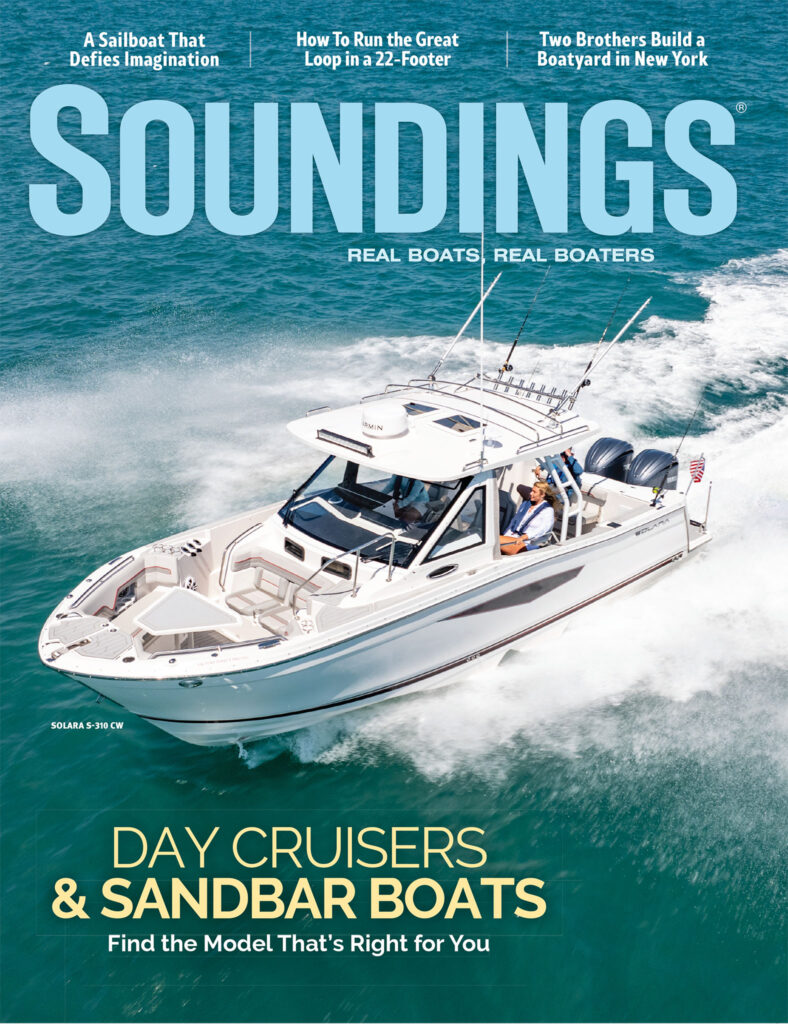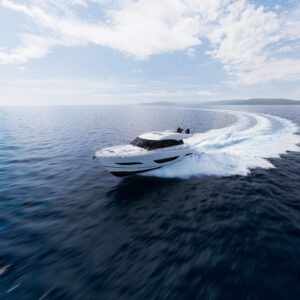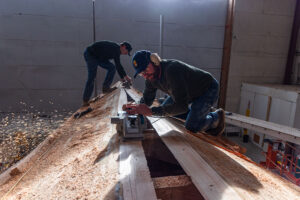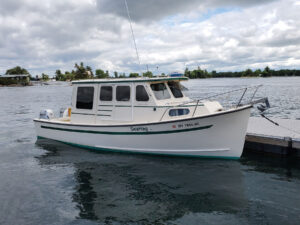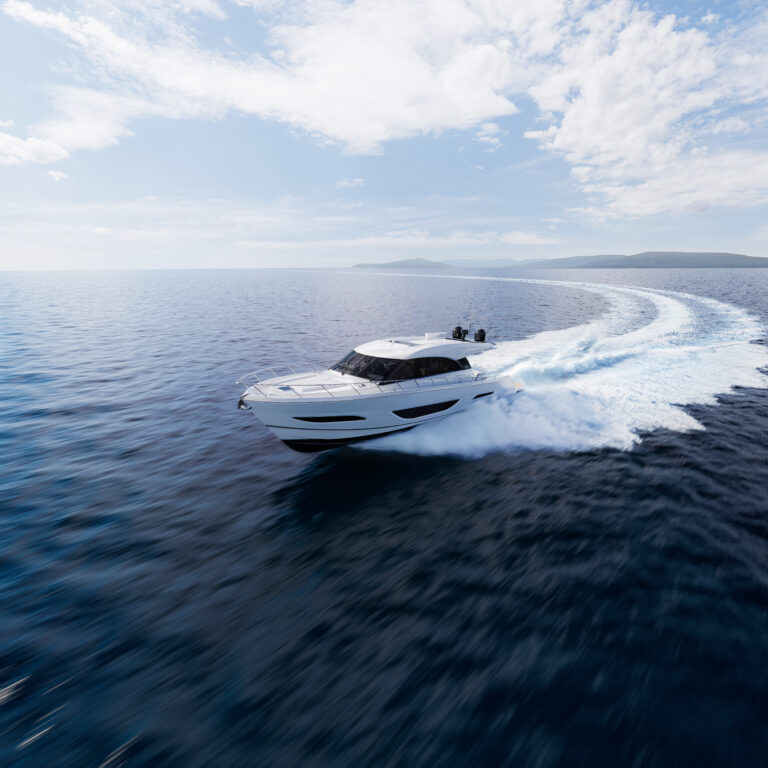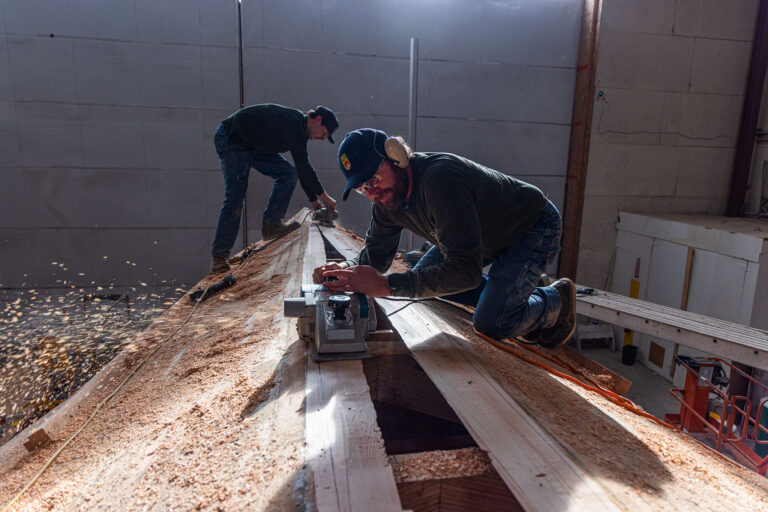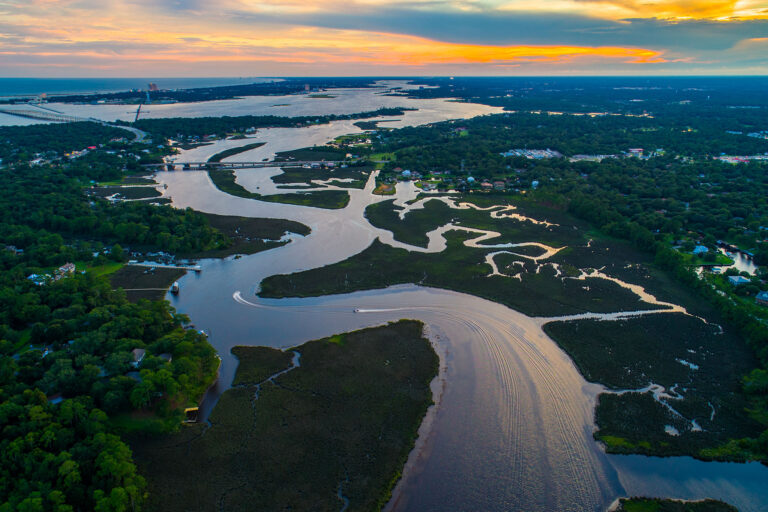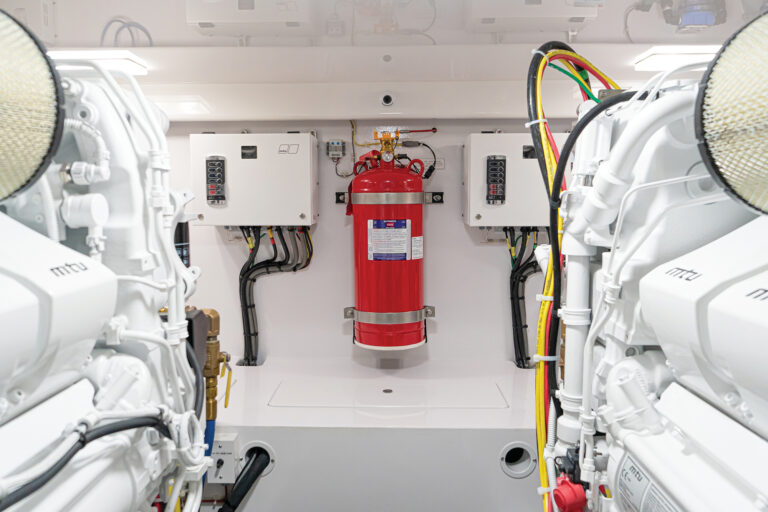
You’re looking at a pioneer, the SeaCraft 20. The early days of fiberglass design and boatbuilding were marked by experimentation and innovation, and South Florida was a hot spot.
By the early 1960s, new builders were starting up at a breakneck pace, anxious to fill the increasing demand for these “no-maintenance” boats. Fort Lauderdale, Fla., native Carl Moesly was one of them.
In 1961, the aviator, businessman and inveterate boater founded SeaCraft using molds from a defunct California builder. Unsatisfied with the initial product, Moesly began work on a rough-water fishing boat that would handle the conditions along the South Florida coast and the islands.
Using his knowledge of aeronautics and hull design, he developed the first variable deadrise hull. It combined three different deadrise angles: deep-vee along the centerline for speed, comfort and control; and, moving outward, two strakes of lessening deadrise for low-speed stability and increased load-carrying capacity.
To test the idea, Moesly built a 23-foot wooden prototype and entered it in the 1961 Miami-Nassau powerboat race. Boating writer Jim Martenhoff described it as a “startling, eye-catching outboard with edge-like longitudinal steps, a long sweeping bow and a reverse sheer forward. She’s a beautiful creation.”
The boat suffered engine troubles, but the hull was a success. “Moesly’s new step-hull design performed well in its maiden race outing,” Martenhoff concluded.
The SeaCraft 21 followed that 23-foot one-off and immediately dominated the race circuit. In one ocean race, 21s took the top five finishes, in another the top seven. Satisfied at last, Moesly introduced his long-planned fishing boat in 1967 as the SeaCraft 20 Open Fisherman. It featured a self-draining cockpit and an outboard well, along with a raised casting platform forward, a fishbox and a live well. The variable deadrise hull was touted as combining the “smooth-riding characteristics of the deep-vee with the load-carrying efficiency and low-speed planing ability of a small deadrise [hull].”
Powered by an 80-hp or 125-hp outboard, the boat could run 35 to 40 mph. Its rough-water handling and fishing equipment made the SeaCraft 20 the “first offshore, outboard open fisherman.”
February 2013 issue

